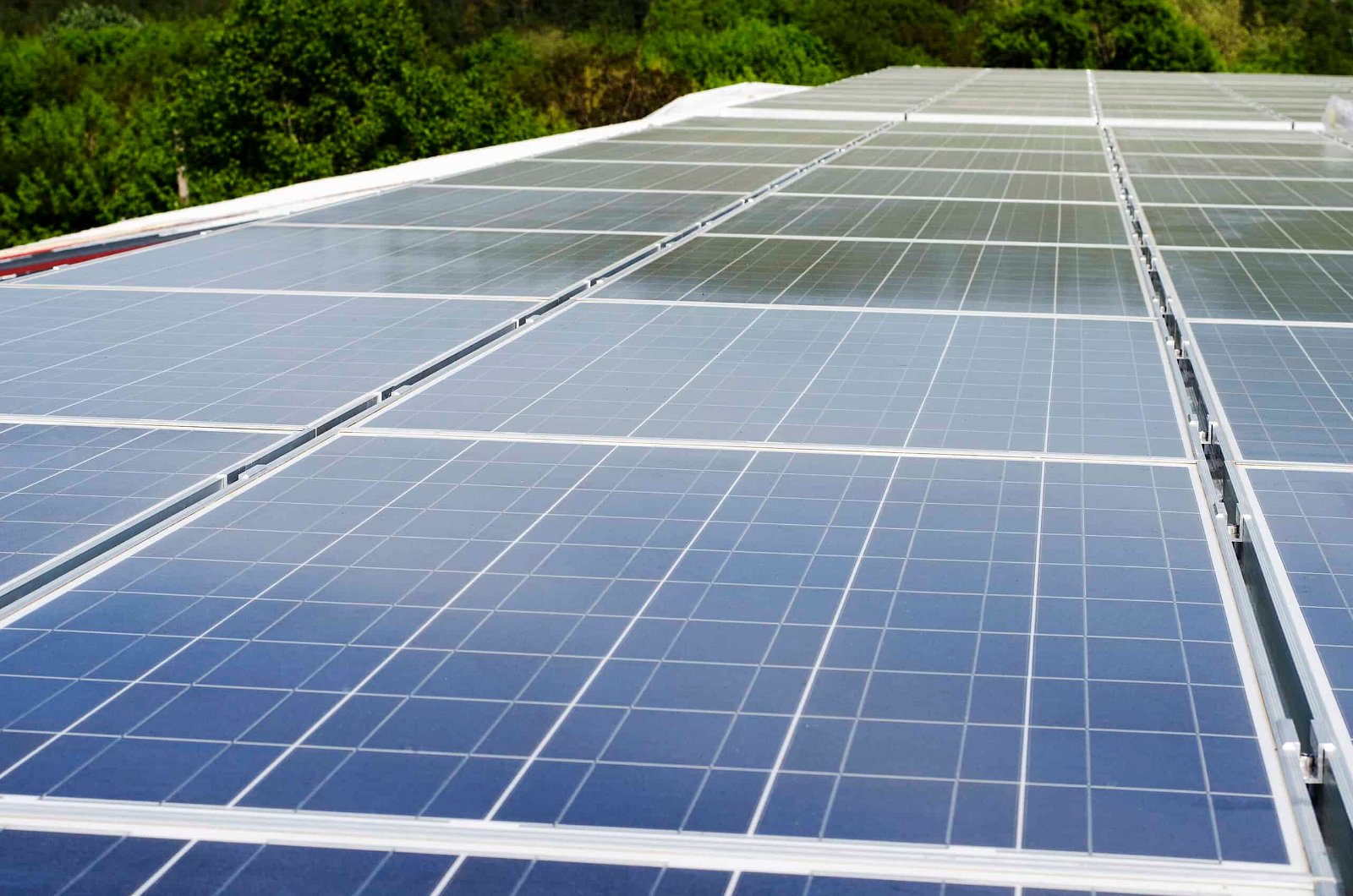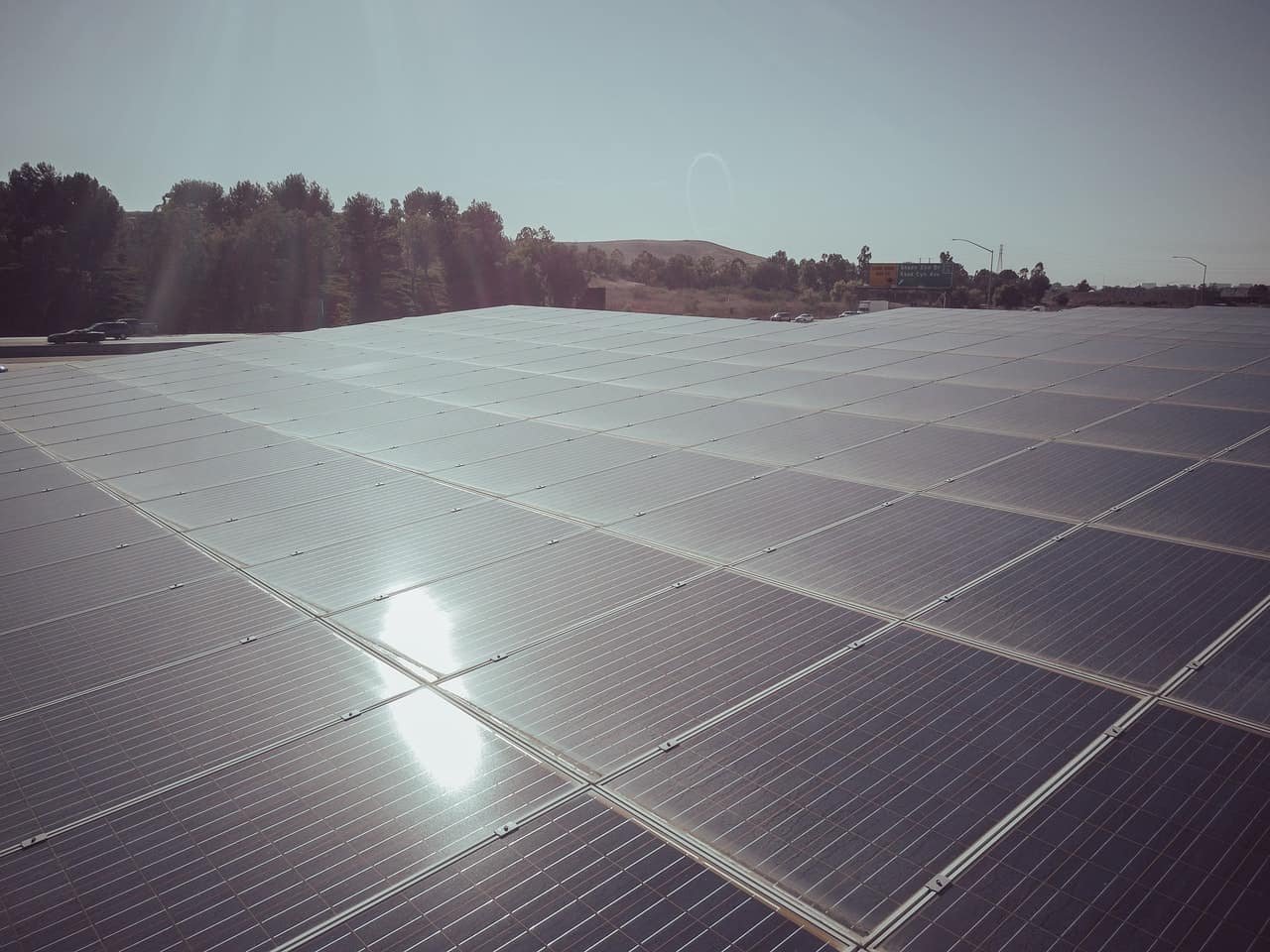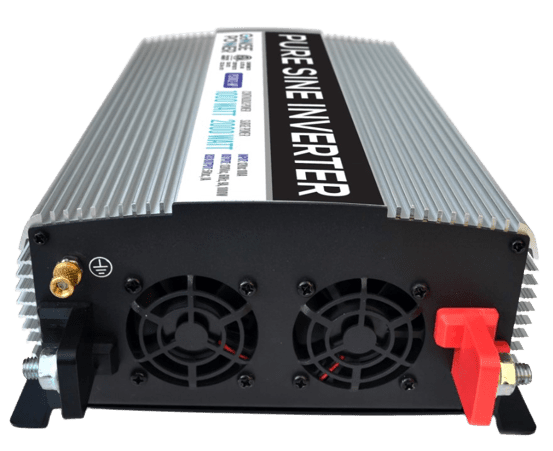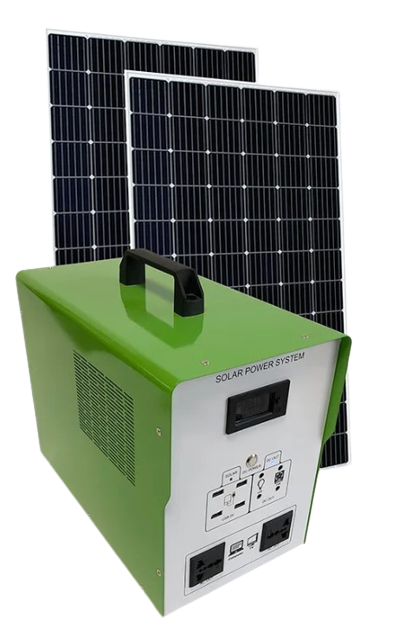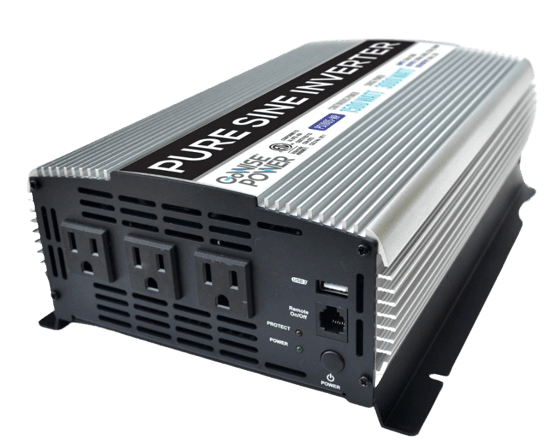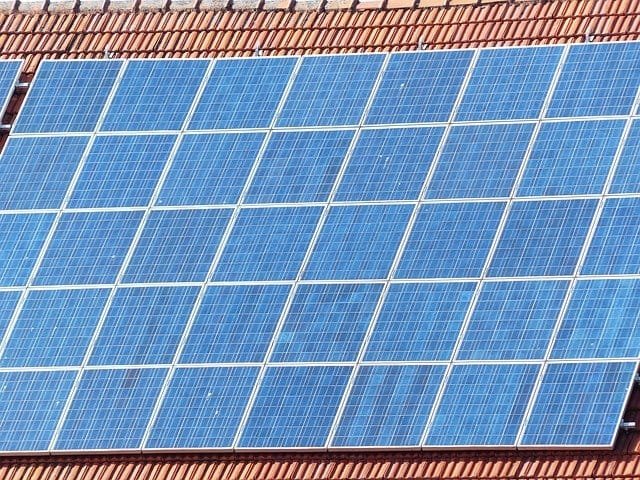When trying to size solar panels, it can be pretty hard to determine what size you need. There are a lot of factors involved, and the biggest system you can get isn’t always the best one. Getting too large of system parts, like inverters, can lead to a lot higher loss of power than you might like.
Thankfully, once you understand what you need to look at, you can pretty easily determine how much power you need and what size solar panel system may be best for you.
Common Solar Panel System Sizes
One of the most common solar panel system sizes is 6,000 watts. While people can choose any sized solar system they want, from a couple of hundred watts to several thousand, 6,000 tends to be the average in the United States.
This generally is the best option for people with an average amount of power usage a month. On average, a home in the United States uses around 900 kWh a month. This breaks down to about 30 kWh a day. (1)
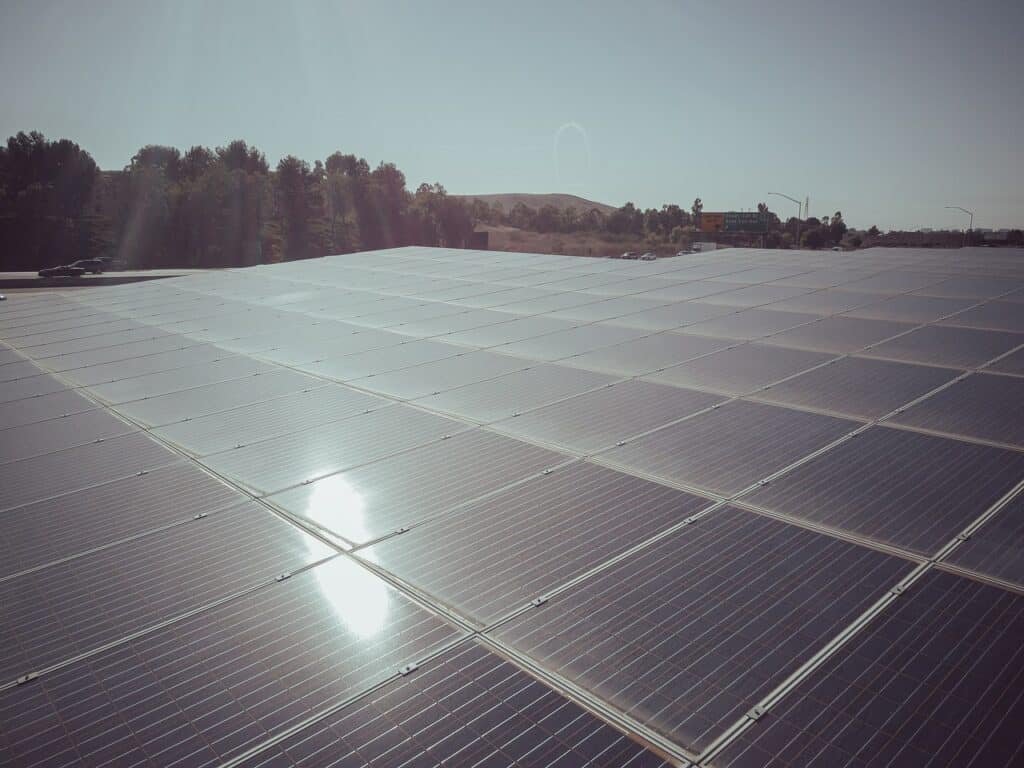
If you use roughly this amount of power and you live somewhere that gets a lot of sun throughout the year, but isn’t too hot, then this may be a good amount of wattage for you to get as well.
However, there are a lot of factors that change solar panel system size requirements.
- The size of your home
- The amount of power you use
- Whether you are connected to the grid
- How much power do you want to be offset by the sun
- The amount of sun you get
- The direction your home faces
- The slope of your home
- The angle of your solar panels
- The space on your roof
- If there’s shade blocking some panels
- The money you have
- The kinds of panels you use
All of these factors determine the size of the system you may need or can get.
How Do You Know Which Size Is Appropriate for Your Home
How Different Sizes Change Cost
Obviously, the more solar panels you get, the more money it is going to cost. However, it isn’t only because of solar panels. As you get a bigger system, you will have more costs added on.
This is especially true if you want to save some power for later. Since solar panels don’t get power all day long, if you want to use solar power at night, or on cloudy days, then you will need a battery backup.
The size of your system also determines the size of your solar inverter. You may also need a better charge controller with a bigger system like an MPPT charge controller.
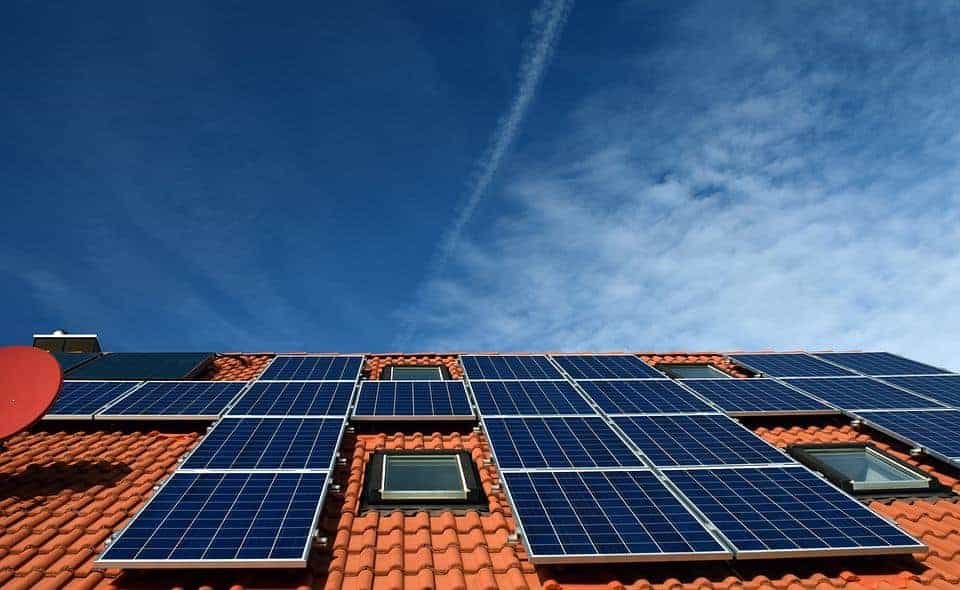
Generally, panels can cost anywhere from $1 to $2 per watt. (2) This means, for solar panels, you can expect to pay between $6,000 and $12,000 for just the panels. Solar batteries can cost upwards of $8,500 a battery. So being able to add a battery bank can be a pretty big luxury. (3)
Additionally, for every 1,000 watts, you go up with your inverter, you can expect the price to almost double. So for 2,000 watts, you can expect to pay around $450 while for a 3,000-watt inverter, you are looking closer to $900. (4)
How Different Sizes Change Production Capacity
It might be obvious, but it deserves to be said that the different sizes of your solar panel systems determine the amount of power you are getting. This means that not only does the amount of solar panels determine how much power you are getting, but so do the watts of each panel.
Not all panels are created the same. Most solar panels have between 250 watts and 400 watts. However, some more expensive ones have upwards of 400 watts, and some basic panels have closer to 100 watts. The number of panels you have and the strength of these panels work together to determine capacity.
Inverters don’t determine production capacity, but they do determine how much power you can use. The size of your inverter determines how much power you can draw out of your solar panels and battery bank to use around your home at once. So the more power you tend to use at once, the larger an inverter you are going to need.
While you don’t want to go too large, or you will waste a lot of power, you want to make sure you have a big enough inverter for your peak power demands throughout the day.
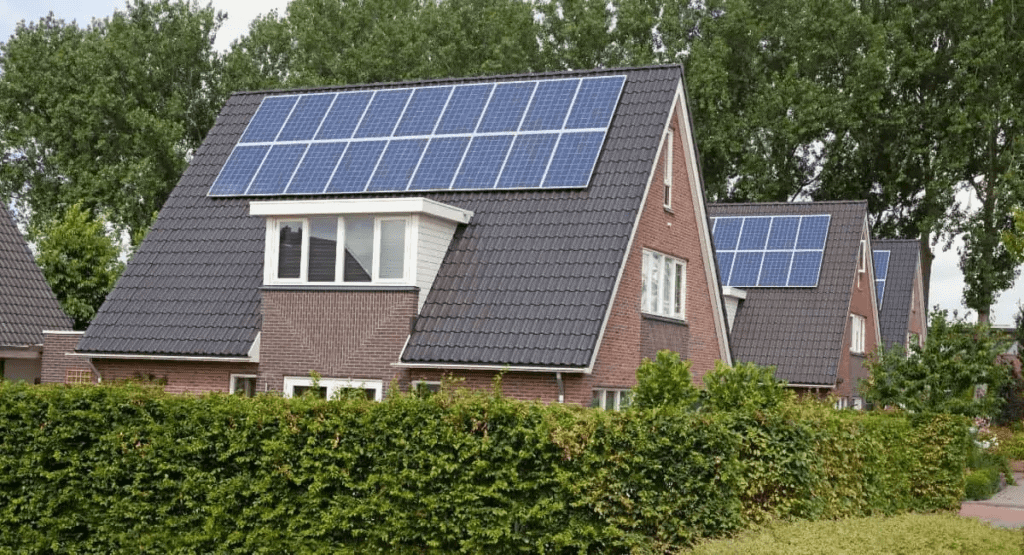
If you want to use your power during grid blackouts, at night, or during extended overcast days, a battery is necessary. The size of your battery determines how much power you can use before it needs to be recharged, and the amount of power you use determines how long the battery will last.
When you are going fully off-grid, you generally want enough power to allow you to run your whole home for three days. (5) However, when you are still connected to the grid, you can get a much smaller battery.
How Different Sizes Take Up Space
Of course, you also have space. If you have a large roof or a place where you can put a solar array on the ground, then you don’t often have to worry about the size. However, many people are limited by the space they have on their roofs facing the sun.
You can make up for some lack of space by getting higher efficiency panels like PERC or monocrystalline panels, but they only add so much more power.
Many times, especially in urban areas, you can easily find yourself limited in your solar panel system’s size simply based on the space you have.
You can somewhat determine how many panels you can put on your home by sizing the space on your roof and comparing panels. Most panels are around 65 by 39 inches, though there are minute differences between brands and kinds. For example, some panels can be closer to 72 inches by 40 inches. (6)
If you already know the exact kind of solar panels you are getting, you can do the math to see how many solar panels you can fit on your roof. Otherwise, you may be able to get an estimation to at least get a decent idea of how many panels you can fit on your roof.
How Much Power You Want From a Solar System
Finally, you need to determine how much power you want from your solar system. Some people just want enough to take some of the electricity cost burdens off of them. Some will want to be connected to the grid, but get the majority of their power from solar panels. Some people want to be entirely independent of the grid.
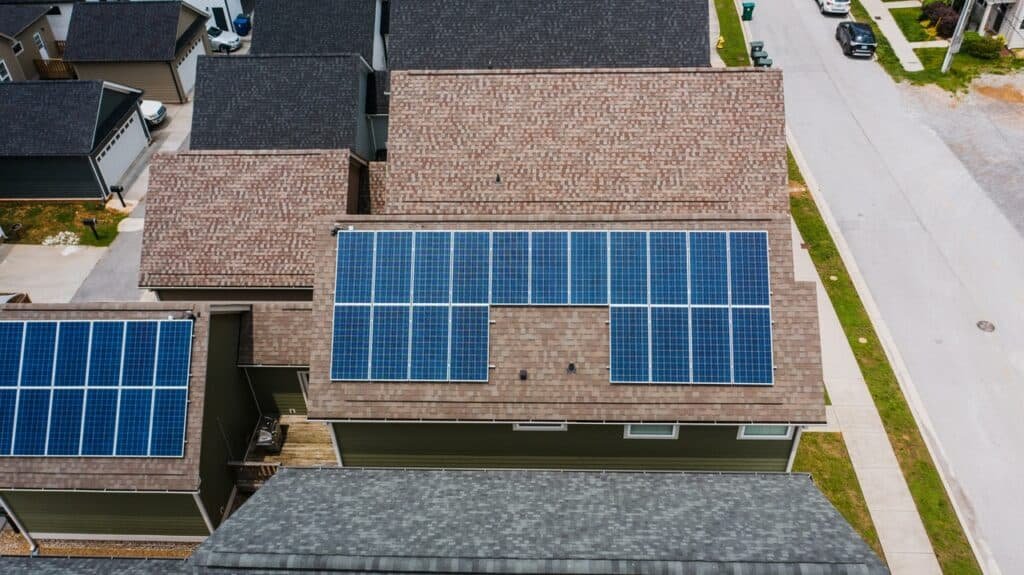
You have to determine where you fit on that line. Of course, sometimes what you want and what you can afford or find space for are different. This means many people have to find a compromise between what they want and what they can afford. Thankfully, solar panel systems can be pretty easy to expand upon as you go on.
Once you determine what power you want, you have to determine how many solar panels you will need. If you already have a home and have been paying for electricity, you can easily get an idea of your average monthly power usage by looking at your utility bill.
Just take the monthly kWh usage and divide it by 30 to get an average daily power number. If you want to go completely off the grid, you may want to go just a little higher to account for any unexpected power usage or an increase for when you have guests.
You may also want to look at different months. If you live somewhere you need AC for the summer or heat for the winter, your utilities are likely higher by quite a bit in certain months than others.
It is a good idea to take a couple of months and get the average of all of them if not the average for the total year.
Again, if you want to completely power your home with solar, take your highest month out of the year and use that as your power determination, as that will cover every other month as well easily. (7)
If you are building your home from scratch, and don’t know exactly how much power you are going to use per month, you can get a good estimation by looking up homes similar to yours in size. Or, you can go through the effort of calculating exactly how much power you use based on the wattage of everything in your home.
There are plenty of calculators out there to help you out or you can find the number online of your specific appliance wattage.
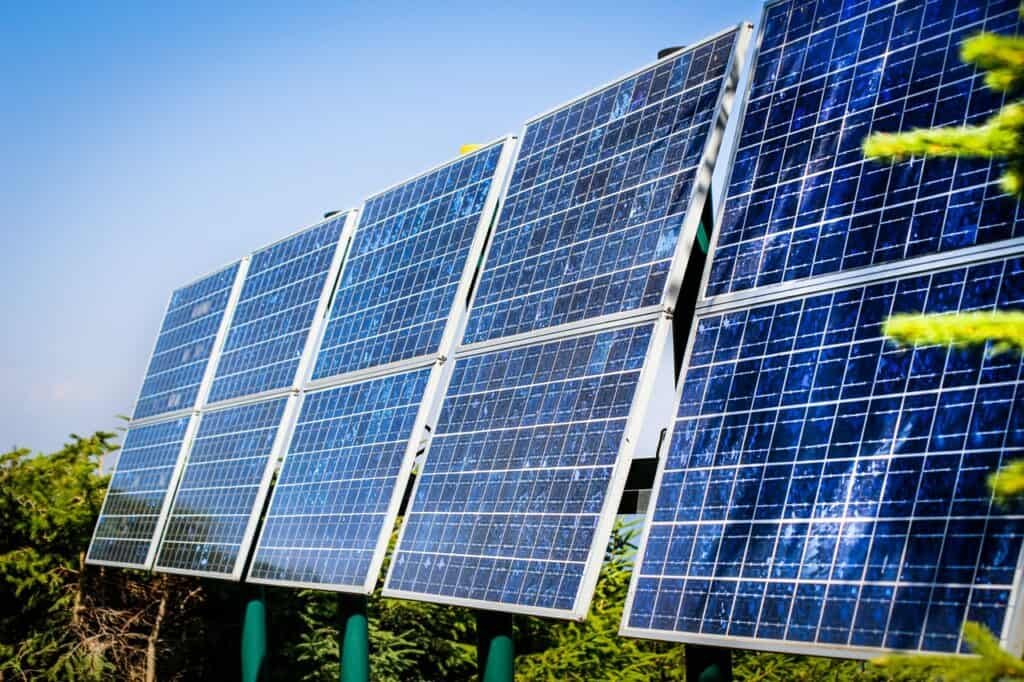
You may want to go higher than what you think you need by a little so you have enough power to fill up your battery banks and have some extra in case of an emergency where you may need extra power. You also want to calculate the maximum amount of wattage you will use at a time and round up to the next 1,000 to determine the size inverter you will need.
If you just want to cover some of your power needs, you can still do the above and determine the percentage of power you want to cover. Or, you can set a price, and just get that much power. When you don’t have to depend on solar for your total power, you have a lot more flexibility and room for error with your solar panel system.
While the size of your solar panels can be important, in grid-tied homes, the size of your inverter is often more important, as it determines the amount of power you can use at once from your solar panels. If you go too low, especially if you don’t take advantage of net metering or have a battery bank, you can only use so much power at once, and the rest gets wasted.
Citations
- Frequently Asked Questions (FAQs) – U.S. Energy Information Administration (EIA). (n.d.). https://www.eia.gov/tools/faqs/faq.php?id=97&t=3
- Carthan, A. (2023, March 22). How Much Do Solar Panels Cost? (2023 Guide). This Old House. https://www.thisoldhouse.com/solar-alternative-energy/reviews/solar-panel-cost
- Bagalini, V., Zhao, B., Wang, R., & Desideri, U. (2019). Solar PV-Battery-Electric Grid-Based Energy System for Residential Applications: System Configuration and Viability. Research, 2019. https://www.ncbi.nlm.nih.gov/pmc/articles/PMC6946270/
- Kratzenberg, M. G., Deschamps, E., Nascimento, L. R., Rüther, R., & Zürn, H. H. (2014). Optimal Photovoltaic Inverter Sizing Considering Different Climate Conditions and Energy Prices. Energy Procedia, 57, 226–234. https://www.sciencedirect.com/science/article/pii/S1876610214013940
- Koko, S. (2022). Optimal battery sizing for a grid-tied solar photovoltaic system supplying a residential load: A case study under South African solar irradiance. Energy Reports, 8, 410–418. https://www.sciencedirect.com/science/article/pii/S2352484722004309
- Bloch, E. (2022, August 22). Average Solar Panel Dimensions and Sizes. Modernize. https://modernize.com/homeowner-resources/solar/average-solar-panel-dimensions-and-sizes
- De Menezes, A. C. K., Cripps, A., Buswell, R. A., Wright, J. A., & Bouchlaghem, D. (2014). Estimating the energy consumption and power demand of small power equipment in office buildings. Energy and Buildings, 75, 199–209. https://www.sciencedirect.com/science/article/pii/S0378778814001224
